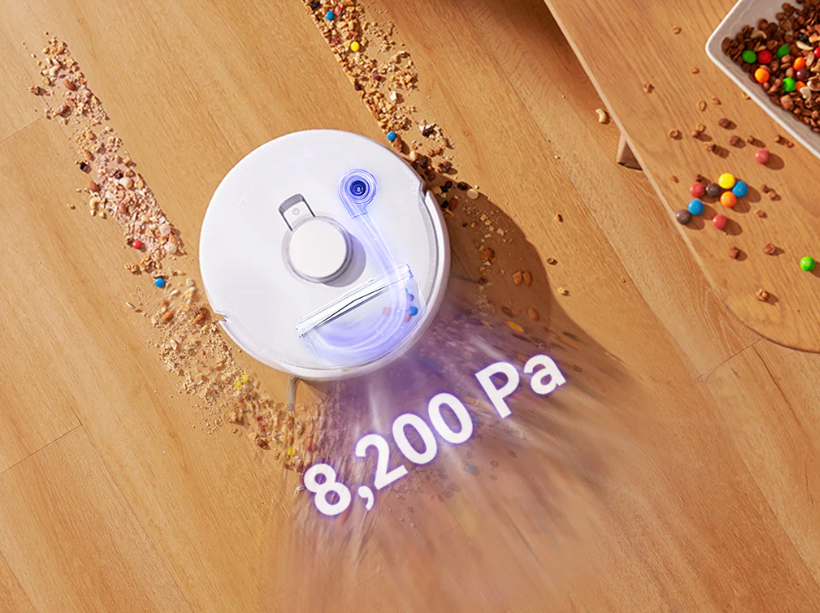Robot mops have become an indispensable tool for maintaining clean floors with minimal effort. One common question that potential users have is: how long does a robot mop take to clean?
The answer to this question depends on several factors, including the size of the area, the type of flooring, and the specific model of the robot mop. In this blog post, we will explore these factors in detail to give you a better understanding of the time investment involved in using a robot mop.
Area Size and Layout
The size of the area you want to clean is one of the most significant factors affecting cleaning time. Larger spaces naturally take longer to clean. However, the layout of the area also plays a crucial role.
Open floor plans with fewer obstacles allow the robot mop to move more freely and clean more efficiently. In contrast, areas with many pieces of furniture, narrow spaces, and other obstacles can slow down the process as the robot navigates around them.
Cleaning Modes and Settings
Most robot mops come with various cleaning modes and settings that can impact the time required for cleaning. These modes might include:
Quick Clean: For a fast, superficial clean, typically used for maintenance.
Deep Clean: For a thorough cleaning session, which takes longer.
Spot Clean: For targeting specific areas with concentrated dirt or spills.
Choosing a quick clean mode will save time but may not be as thorough. Opting for a deep clean will take longer but will ensure a more comprehensive cleaning.
Type of Flooring
The type of flooring in your home can also influence the cleaning time. Robot mops generally clean hard surfaces such as tile, hardwood, laminate, and vinyl more quickly than carpets or rugs.
Some robot mops are designed to handle multiple floor types, automatically adjusting their cleaning patterns and settings based on the surface. If your home has a mix of flooring types, the robot mop may take additional time to adjust and clean effectively.
Battery Life and Charging
Battery life is another crucial factor. Most modern robot mops have enough battery life to clean an average-sized room or small apartment in one go. However, for larger homes or areas, the robot mop may need to return to its charging dock to recharge before completing the job.
The total cleaning time will therefore include both the active cleaning time and the recharging time. Some advanced models have the capability to resume cleaning where they left off after recharging, ensuring the entire area is eventually cleaned.
Navigation and Mapping Technology
Robot mops equipped with advanced navigation and mapping technology can clean more efficiently and quickly. These models use sensors, cameras, and mapping algorithms to plan the most efficient cleaning route, avoiding obstacles and ensuring complete coverage.
Basic models without such technology may take longer as they move in more random patterns and might miss some areas, requiring multiple passes.
Example Cleaning Times
To give you a better idea of the time involved, here are some example cleaning times based on different scenarios:
Small room (e.g., bathroom or kitchen): Typically takes about 20–30 minutes for a thorough clean.
Medium room (e.g., bedroom or living room): Generally takes around 45–60 minutes, depending on the level of cleaning required.
Large open area (e.g., combined living and dining area): This can take 1–2 hours, especially if there are many obstacles or the robot needs to recharge.
Tips to Optimize Cleaning Time
To ensure your robot mop cleans as efficiently as possible, consider the following tips:
Declutter the area: Remove any small objects or obstacles that could impede the robot mop’s movement.
Use virtual barriers: Many robot mops come with virtual barriers or no-go zones to prevent them from entering certain areas, saving time.
Regular maintenance: Keep the robot mop’s brushes, sensors, and filters clean to ensure optimal performance.
Plan cleaning schedules: Set the robot mop to clean when the area is less likely to be in use, such as when you are at work or during the night.
Conclusion
The time it takes for a robot mop to clean your home depends on various factors, including the size and layout of the area, the type of flooring, the cleaning mode, and the model’s battery life and navigation capabilities.
By understanding these factors and optimizing your use of the robot mop, you can ensure efficient and effective cleaning with minimal effort. Embrace the convenience of modern cleaning technology and enjoy the benefits of a robot mop in maintaining a spotless home.




